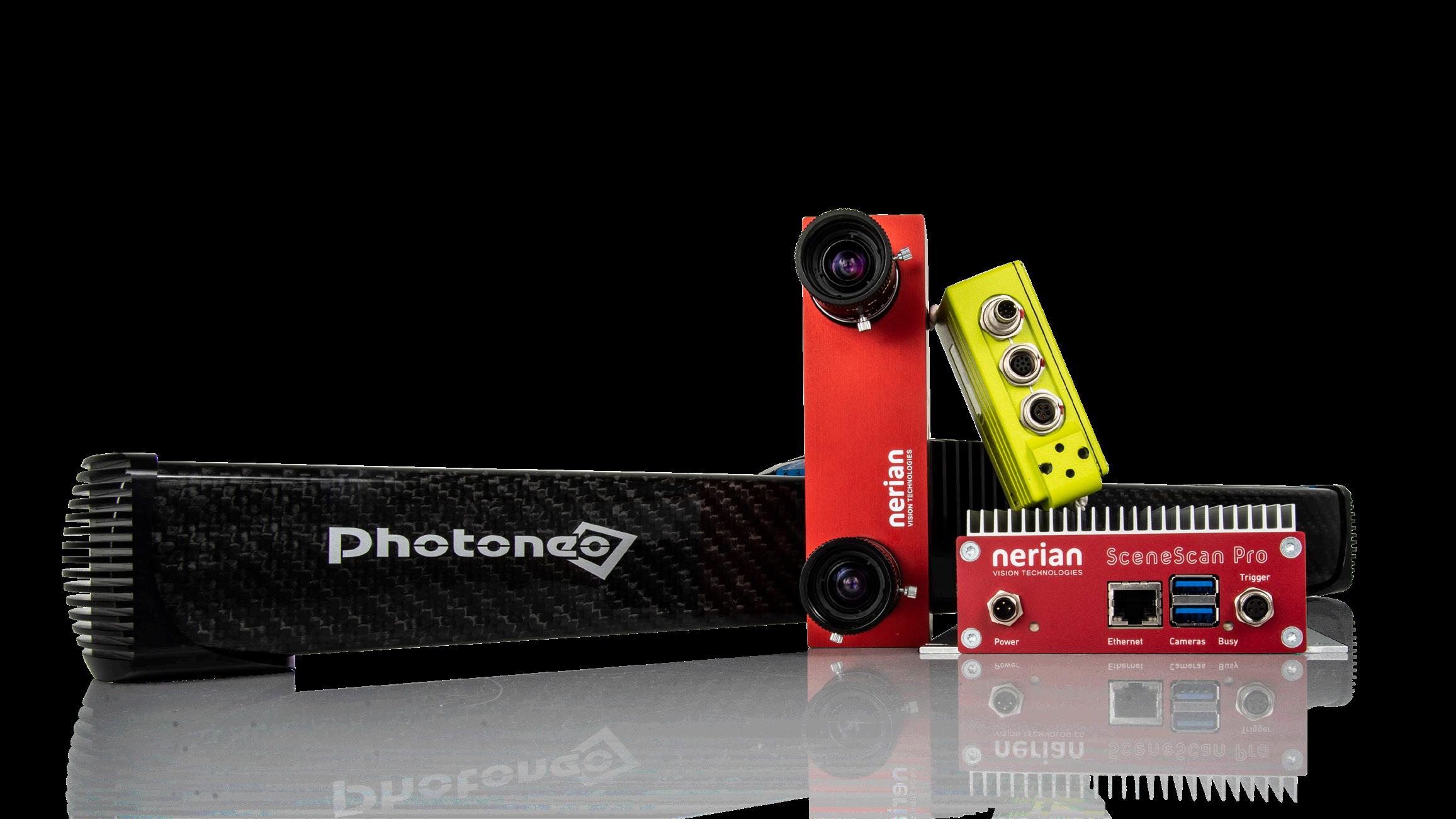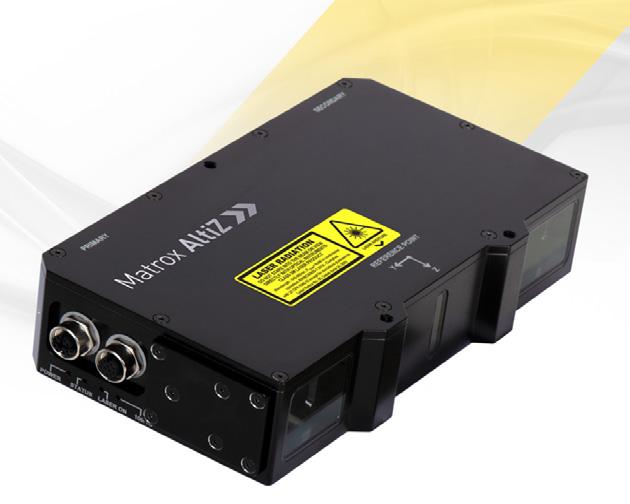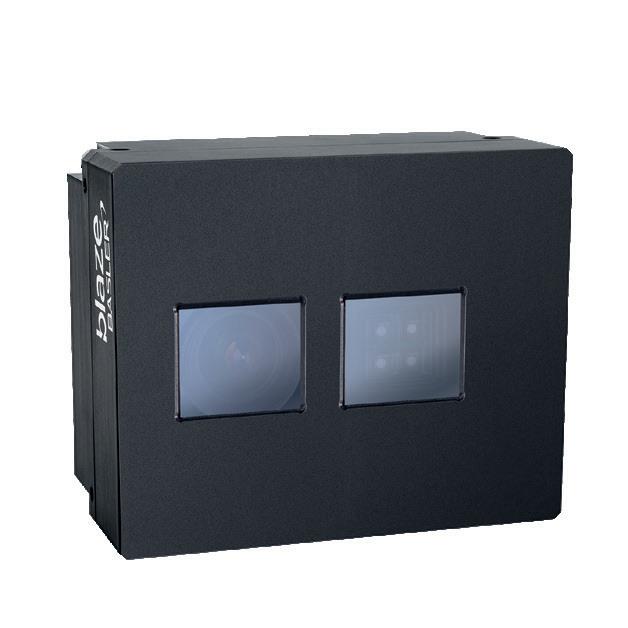
2 minute read
3D products
OEM Automatic offers a broad portfolio of 3D-products using different techniques for acquiring the images. Apart from being excellent stand alone products for acquiring 3D data, the products can also be combined with 2D cameras and vision software such as Matrox Design Assistant and Pekat vision for even greater possibilities.

LASER TRIANGULATION
Our 3D sensors from Matrox and Smartray uses laser triangulation to create detailed 3D images that can be processed by any 3rd party vision software, such as Matrox Design Assistant. Similar to a line scan camera, those scanners require the object (or the scanner) to move for requiring an image. The resulting point clouds and 3D-images are therefore very detailed despite the small size and light weight scanner. This technology is best used when a high-resolution image is required and the object is of a smaller size.
• High-Speed 3D scanning • Ultra-High resolution • Superior 3D image quality

STRUCTURED LIGHT
Photoneos PhoXi and MotionCam 3D-scanners uses structured light to create a 3D surface geometry of a stationary or moving object. There are different models to choose from depending on the requirements such as resolution and object size. Structured light technology is best used for pick and place/bin picking applications and can handle larger objects.
• Scan medium to large objects • High accuracy • Great quality also in surroundings with ambient light • Integration with Photoneo Bin picking studio or Matrox software

STEREO VISION
Stereo vision systems create a 3D-image the same way as we humans do; by combining two images taken from two direction. We use products from Nerian for stereo vision solutions. The camera images are processed in real-time using a powerful FPGA and a state-of-the-art stereo matching algorithm. The result is a disparity map (an inverse depth map), that can be converted into a 3D point cloud. Typical uses for stereo vision are outdoor applications and large objects.
• Real-time 3D depth sensing through stereo vision • Powerful FPGA
• High speed with 100 fps A Time of Flight sensor (ToF) uses the time it takes for a light beam to be reflected back to the sensor from the scanned object to create a 3D image. We have a range of different ToF sensors from Basler and Gigabyte for different applications and requirements. A ToF sensor solution is typically the most cost-effective 3D solution, and can be used in a variety of applications – even outdoor with Baslers IP67 rated sensor.
• Inch-perfect optical measurements • Real-time streaming of 3D point clouds and grayscale images • Low system requirements and costs

TIME OF FLIGHT








